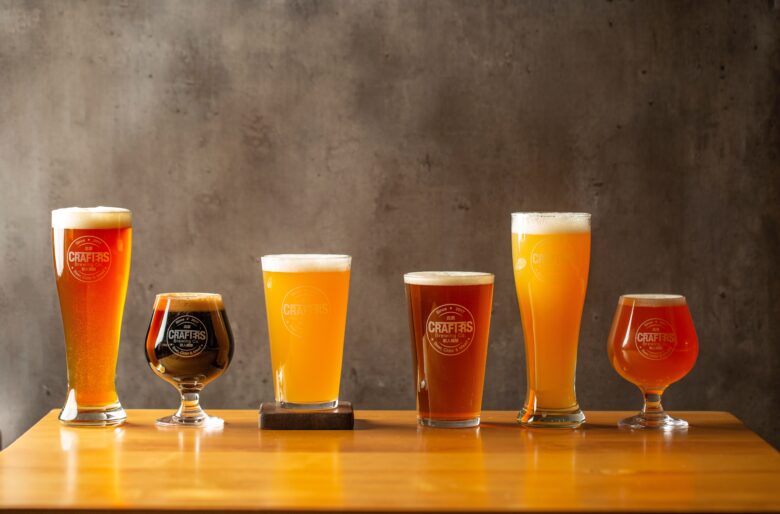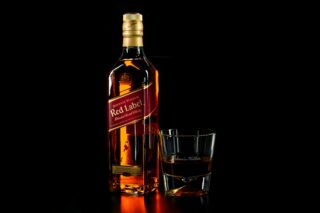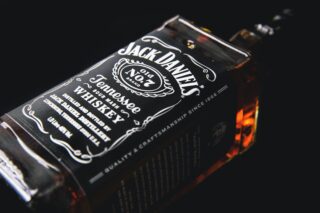Welcome back to the blog! In today's article I want to tell you about the oldest fermented drink in history, beer! In particular, this article will be an introductory guide to the world of beer.
THE BIRTH OF BEER
The origin of this drink dates back to around 10.000 Years ago, when the cereals available in the area began to be used. It is thought that the first to produce it were the Sumerians who called this drink ‘liquid bread‘. In 3.000 a.c. a document was written in Sumerian where beer is indicated as an instrument of exchange.
The first beer recipes were found in Mesopotamia and were reported on clay tablets. Beer soon became known and produced in different territories and although each people used different ingredients, the base was always made up of cereals.
In 1760 a.c. in Babylon the code of Hammurabi was written, or the first legal text where production was regulated, service and cost of beer. The Gauls invented the barrels, alternative to Roman amphorae, to facilitate the movement of beer and took into account a deity aimed at protecting the brewers and coopers.
Over the centuries, the production of beer underwent ever greater expansion, especially with the arrival of the industrial revolution and some important discoveries that significantly increased the production of this drink. In fact, there is talk of the discovery of steam engine and important processes such as the pasteurization.
RAW MATERIALS
The water
Water is the ingredient that comes to compose dal 90 al 95% of beer. Among the various factors that must be considered to choose good water is the pH, i.e. the degree of acidity, for beer the average pH of the water ranges from 5,5 al 5,8.
It will then be the different quantities of salts present in the”water to highlight some aromatic characteristics of the other ingredients used in the production.
Hops
Hops are the main ingredient used in the production of beer as regards the aroma that the drink takes on once it is ready for consumption.
This plant originally from China and then cultivated all over the world can reach up to 10 meters high. Usually the female flowers are used but in some exceptions the male flowers are also used which are in both cases dried and used in the production.
Hops can be added at several stages of brewing which can be at the beginning of the boil, at the end or in the maturation vat.
The yeast
In addition to being used for the fermentation process, based on the type of yeast chosen, the master brewer is able to add different aromas to the beer. There are more than 1000 yeast strains that are divided into three macro categories.
- High fermentation (15 – 25 degrees), which give greater alcoholic notes
- Bottom fermented (8 – 14 degrees), capable of making neutral products
- Wild yeasts, which give animal notes to the product
THE PRODUCTION OF BEER
For beer, the production processes are different and each one guarantees the achievement of specific results that, added together, give life to the fermented drink.
AMOUNTING
The first phase of production is based on the processing of the cereal. First, the barley or other varieties of cereals are ground (more, wheat, rye and rice) so that they release the’starch, the reserve of sugars contained in them.
Barley is the most used cereal as it is the easiest to cultivate in different climates and because it has a high capacity to develop the enzymes that transform starch into sugar. To the ground mixture is added dell‘hot water which will allow the starch to be transformed into sugar. This creates the must which is boiled and sterilized.
FERMENTATION
In addition to the must, the container used for cooking also contains i yeasts, the real protagonists of the fermentation process. These organisms feed first on oxygen and then on the sugars present in the must, releasing them alcohol and carbon dioxide.
MATURATION
At this point, the beer is left to rest at a static temperature before bottling in a special container different from that used for the previous process. Some manufacturers decide to referment the beers in the bottle going to add yeast or sugar to them.
At this point some producers may decide to perform cold hopping (dry hopping) going to add the hops in infusion during the maturation process.
FILTRATION
Prima of bottling he was born in packaging the product comes filtered. In the case of beers refermented in the bottle this step is not carried out and the beer therefore remains unfiltered.
TYPES OF BEERS
BEER BASED ON ALCOHOL CONTENT
There are three main historical typologies originally used by the monks!
- The classic beer with an alcohol content equal to 3%
- The double with an alcohol content of about double, 6%
- The triple with an alcohol content of about triple, 9%
- Today there is also the quadruple with just under 12% alcohol content.
ATTENTION! The double and triple wordings can also indicate other characteristics of the beers such as the number of cereals or hops used.
BEER BASED ON THE TYPE OF FERMENTATION
Based on the type of fermentation, beer is divided into many styles but the main ones are two.
- STORAGE: Bottom fermentation beers hence the use of the word lager. For these types of beers, yeasts are used that work at a lower temperature, 5-10 degrees, and which remain on the bottom of the drink once production is complete.
- BUT: high fermentation beers that instead use yeasts that are activated at higher temperatures, 15-20 degrees, and which remain on the surface once the production process is completed.
- LAMBIC: Belgian-style beers produced following a spontaneous and therefore uncontrolled fermentation.
To learn more about the world of beer in a simple way but at the same time being able to deepen its various aspects, I leave you the link for a good book.
virology, understand beer in 100 drawings and diagrams on Amazon
PREVIOUS ARTICLES
He Mojito: Recipe and preparation



